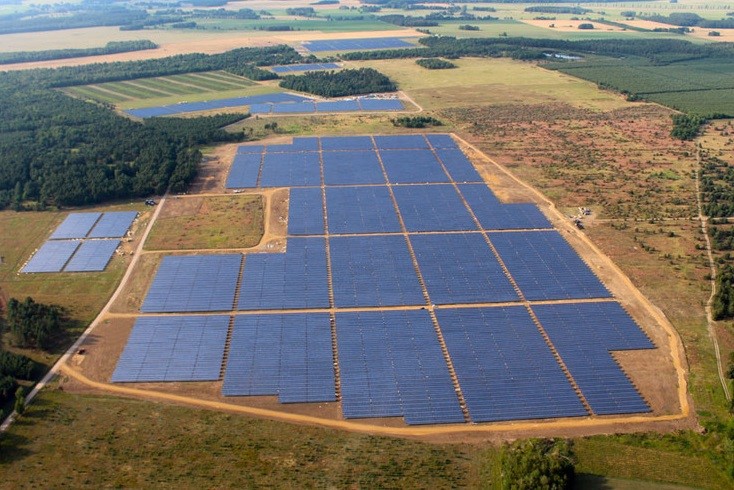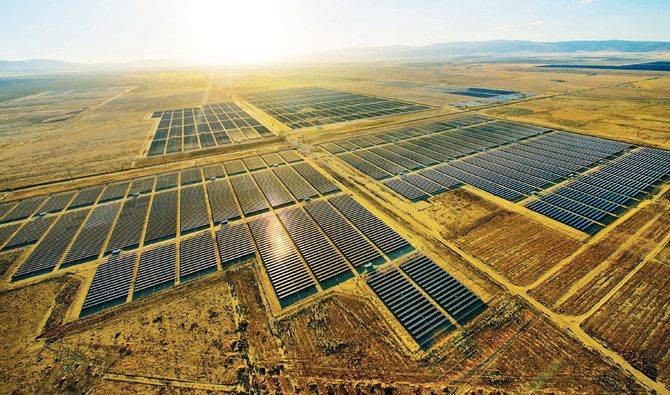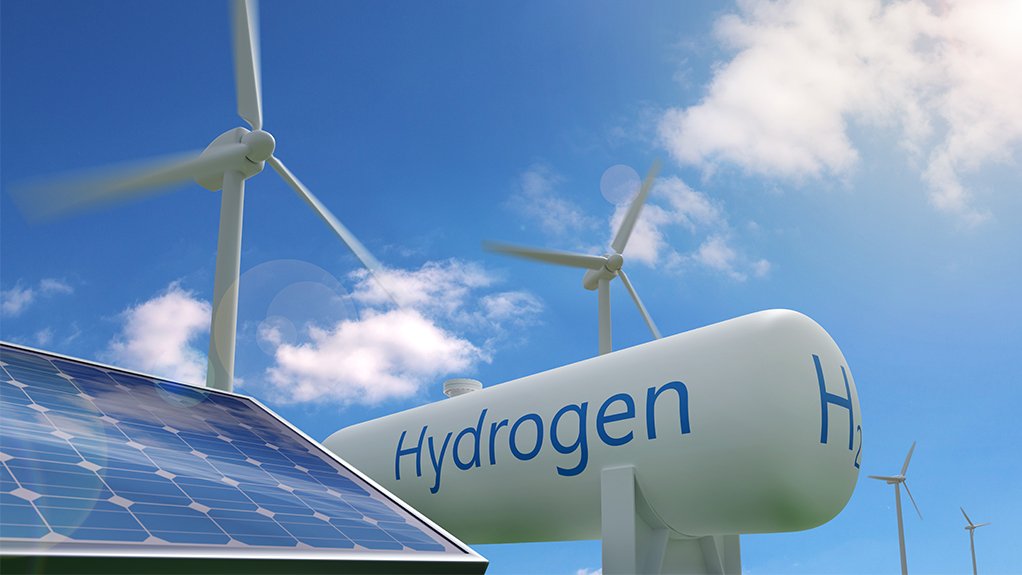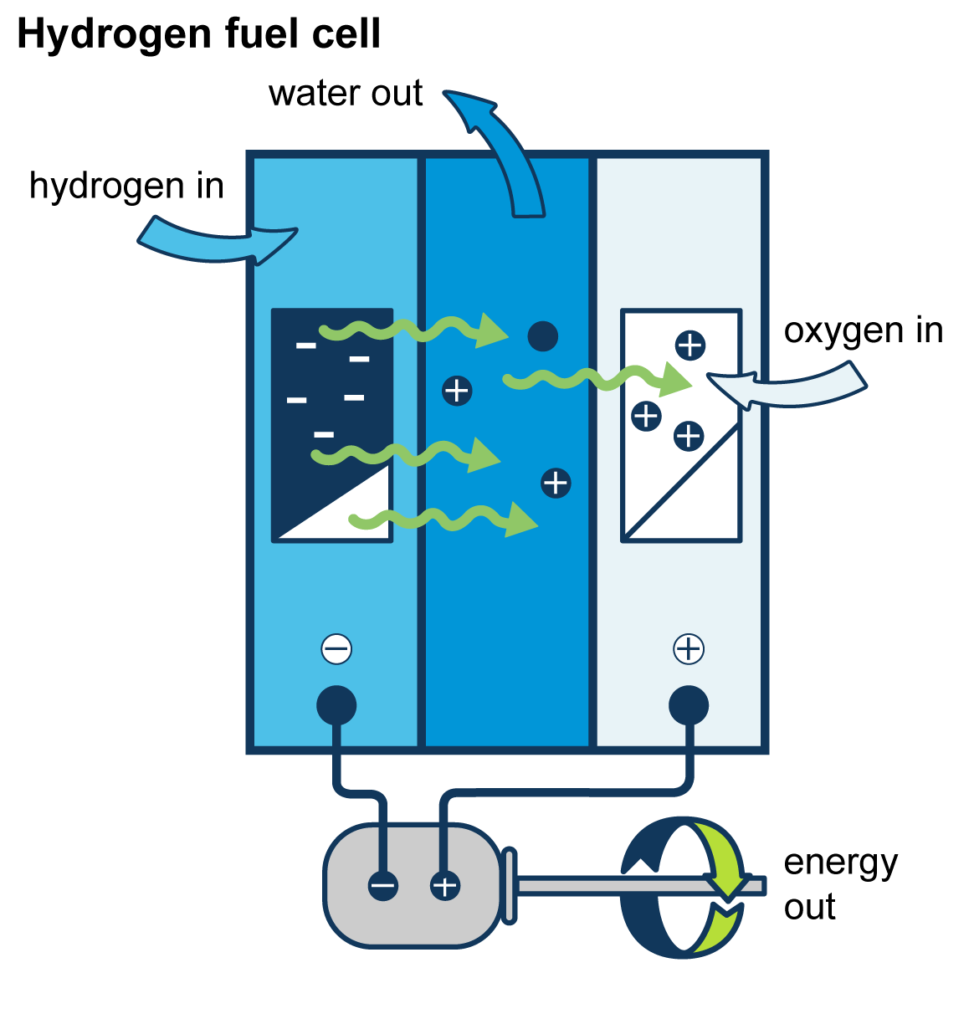What is a Solar Power Plant?


A photovoltaic power station, also known as a solar park, solar farm, or solar power plant, is a large-scale grid-connected photovoltaic power system (PV system) designed for the supply of merchant power. They are different from most building-mounted and other decentralized solar power because they supply power at the utility level, rather than to a local user or users. Utility-scale solar is sometimes used to describe this type of project.
This approach differs from concentrated solar power, the other major large-scale solar generation technology, which uses heat to drive a variety of conventional generator systems. Both approaches have their own advantages and disadvantages, but to date, for a variety of reasons, photovoltaic technology has seen much wider use. As of 2019, about 97% of utility-scale solar power capacity was PV.
In some countries, the nameplate capacity of photovoltaic power stations is rated in megawatt-peak (MWp), which refers to the solar array’s theoretical maximum DC power output. In other countries, the manufacturer states the surface and the efficiency. However, Canada, Japan, Spain, and the United States often specify using the converted lower nominal power output in MWAC, a measure more directly comparable to other forms of power generation. Most solar parks are developed at a scale of at least 1 MWp. As of 2018, the world’s largest operating photovoltaic power stations surpassed 1 gigawatt. At the end of 2019, about 9,000 solar farms were larger than 4 MWAC (utility scale), with a combined capacity of over 220 GWAC.
Most of the existing large-scale photovoltaic power stations are owned and operated by independent power producers, but the involvement of community and utility-owned projects is increasing. Previously, almost all were supported at least in part by regulatory incentives such as feed-in tariffs or tax credits, but as levelized costs fell significantly in the 2010s and grid parity has been reached in most markets, external incentives are usually not needed.
Photo Volatic Electrolysis (Hydrogen Generation)

The PV electrolysis system is a combination of photovoltaic cells (PV) and water electrolyzers. Solar energy is one of the most promising renewable energy sources because of its abundance, and the photovoltaic cell system is becoming the major way to utilize it. The problem of the PV system is the intermittence and fluctuation of output. As well as its inevitable shutdown at night, the PV system changes its output according to the weather conditions. To compensate for this problem, an energy storage system is indispensable.
There is also the need to transport energy since the area with abundant solar energy is often far from the demand site. Hydrogen is widely regarded as a high-demand energy source/substitution. The easiest way of storing hydrogen generating hydrogen through a process of water electrolysis. This is why the PV–water electrolysis system has been developed. This seems to be quite a simple system, involving only the combination of an electric generation system and electrolyzers. But looking into the technical details, there need to be some special technologies for this special purpose. The block diagrams below demostrates basic principle configurations which can be setup in generating hydrogen.


Fuel cell power plants
There are a lot of systems that can be designed and integrated with Solar power plant systems(Hybrid Systems) without compromising basic functions of generating power to communities. Hydrogen fuel cells are currently used to power the electrical systems on spacecraft and to supply electricity on earth. Small fuel cells have been developed to power electronic devices, such as laptop computers and cell phones. Several vehicle manufacturers have developed fuel cells to power vehicles. Fuel cells can potentially provide electricity for emergency power in buildings and for remote locations that are not connected to electric power grids.
As of the end of December 2022, the United States had about 205 operating fuel cell electric power generators at 147 facilities with about 350 megawatts (MW) of total nameplate electric generation capacity. The nameplate capacities range from the largest single-fuel cell, with about 17 MW capacity—the Bridgeport Fuel Cell, LLC in Connecticut—to 10 fuel cells each with 0.1 MW capacity at the California Institute of Technology. The majority of all operating fuel cells use pipeline natural gas as the hydrogen source, but one uses landfill gas and four use biogas from wastewater treatment.
Hydrogen can be burned for electricity generation and heating
Hydrogen combustion for electric power generation and for space heating are potential uses of pure hydrogen or hydrogen-rich blends with natural gas. However, use of hydrogen and hydrogen-blends in existing natural gas distribution infrastructure and combustion equipment poses a number of challenges related to materials compatibility and combustion characteristics. Several power plants in the United States have announced plans to operate on a natural gas-hydrogen fuel mixture in combustion-gas turbines. One example is the Long Ridge Energy Generation Project in Ohio. RD&D is also needed to assess the compatibility of using hydrogen and hydrogen–natural gas blends in heating appliances.
Hydrogen can be used for energy storage
Hydrogen storage is an important technology to enable hydrogen distribution and can be stored as a:
- Gas—Hydrogen can be stored as a gas in large volumes in natural geological formations—salt caverns, lined hard rock caverns, depleted oil and natural gas fields, and aquifers. Gaseous hydrogen may also be stored in relatively smaller volumes in pressurized, stationary or portable tanks, and in dedicated hydrogen gas pipeline infrastructure. Gaseous storage is currently the most common and the most likely option for expanding hydrogen storage for most uses of hydrogen as an energy source.
- Liquid—Hydrogen can be liquefied by cooling it to below −423oF (−253oC). The liquefied hydrogen can be stored in super-cooled (cryogenic) tanks for transportation applications in fuel cell vehicles or directly as fuel in truck, rail, marine, and rocket engines—NASA has the two largest liquid hydrogen storage tanks in the world. Hydrogen liquefaction and cyrogenic liquid storage is an energy intensive and expensive process.
Hydrogen has the potential to facilitate decarbonization of the electric power sector by storing energy produced with renewable energy for use over days or weeks. Hydrogen could be produced with renewable resources when renewable energy production is high and could be stored to generate electricity when renewable resources are limited and electricity demand is high. One example is the Advanced Clean Energy Storage project in Utah, which stores large volumes of gaseous hydrogen produced from renewable resources for long-term seasonal energy storage.